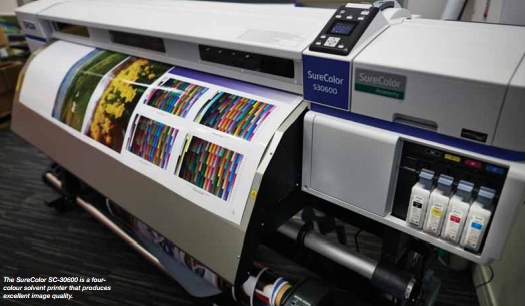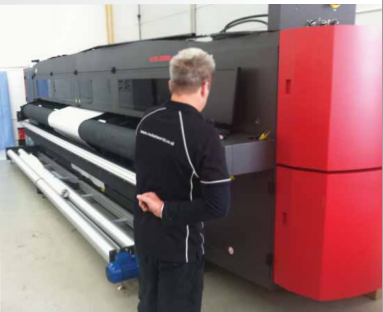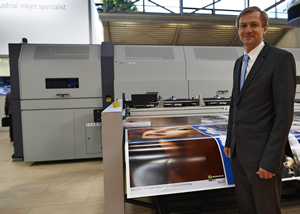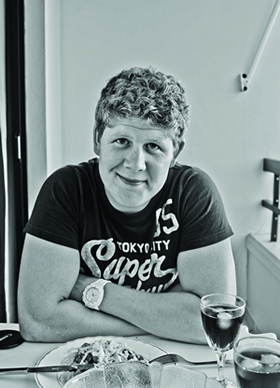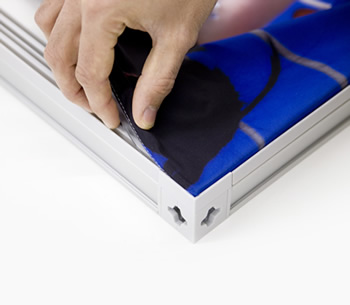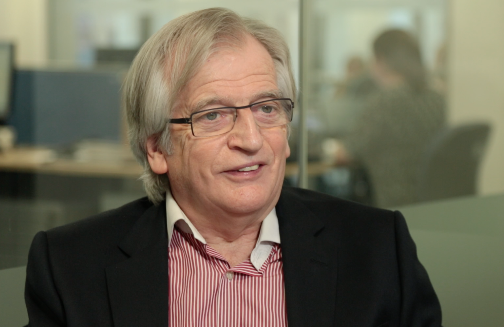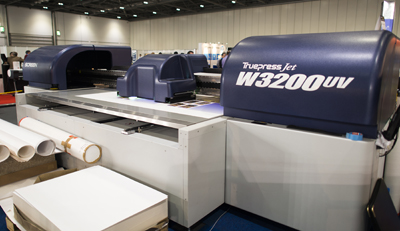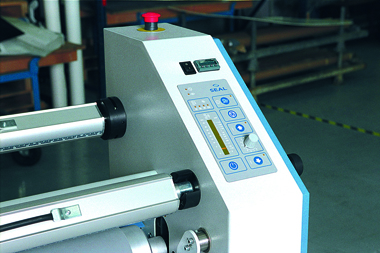Epson's first foray into wide-format printing was with a series of aqueous ink printers that established a good reputation for photographic and proofing applications. But Epson was slow to get into display graphics, preferring instead to sell its printheads and inks to other vendors on an OEM basis. However, in recent years Epson has made a determined play for the display print market, with both solvent and dye-sub printers as well as a newly-launched brace of aqueous CAD/ graphics machines.


